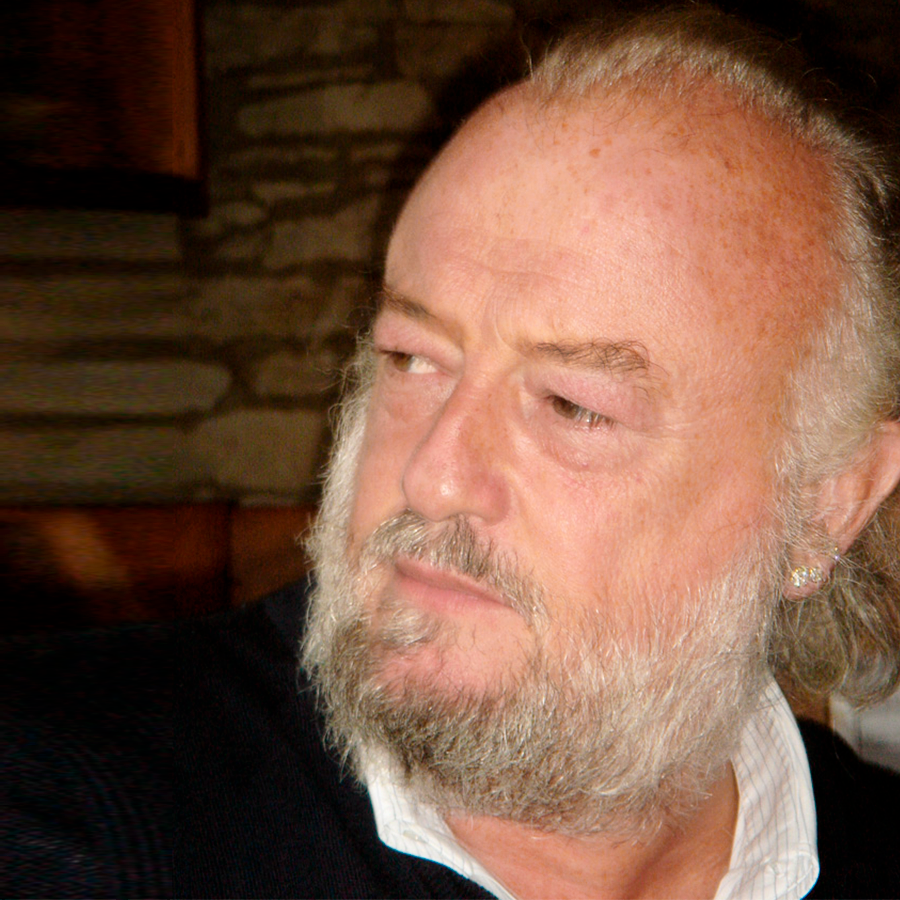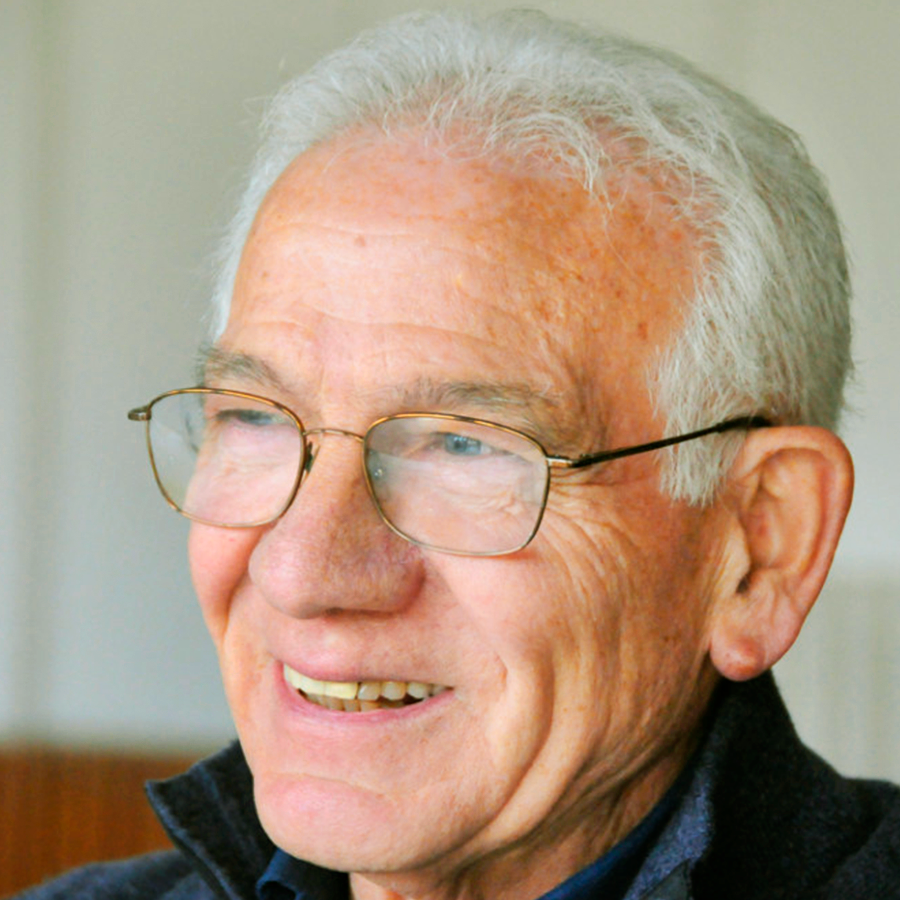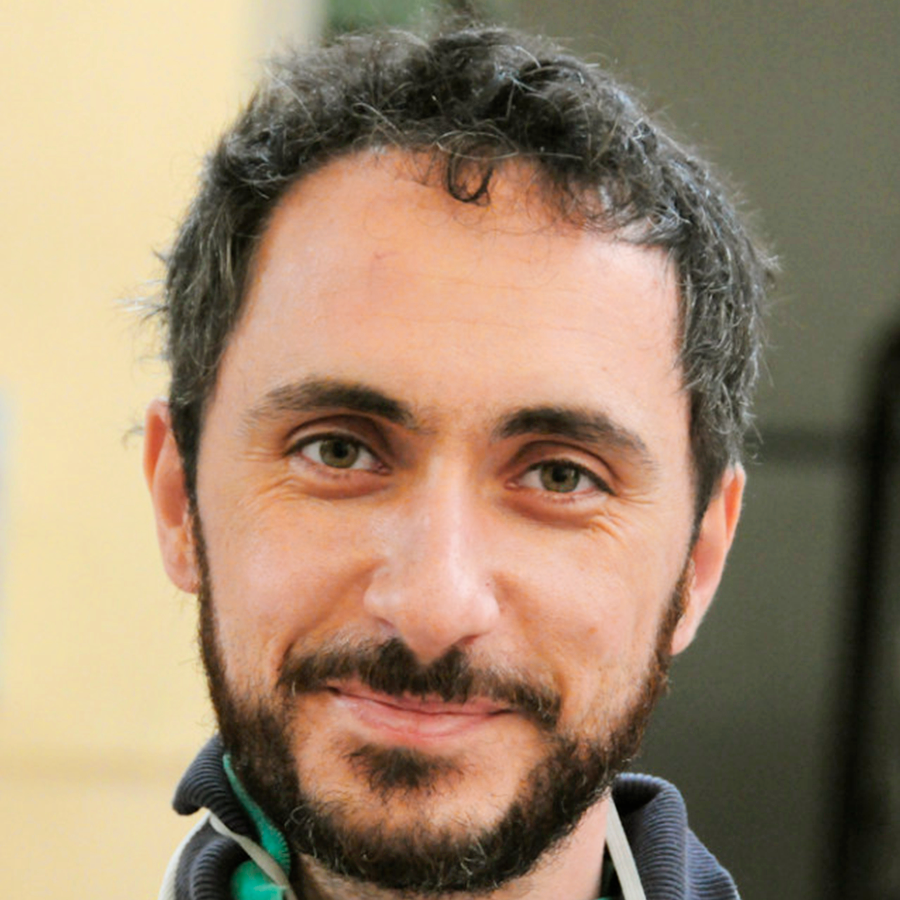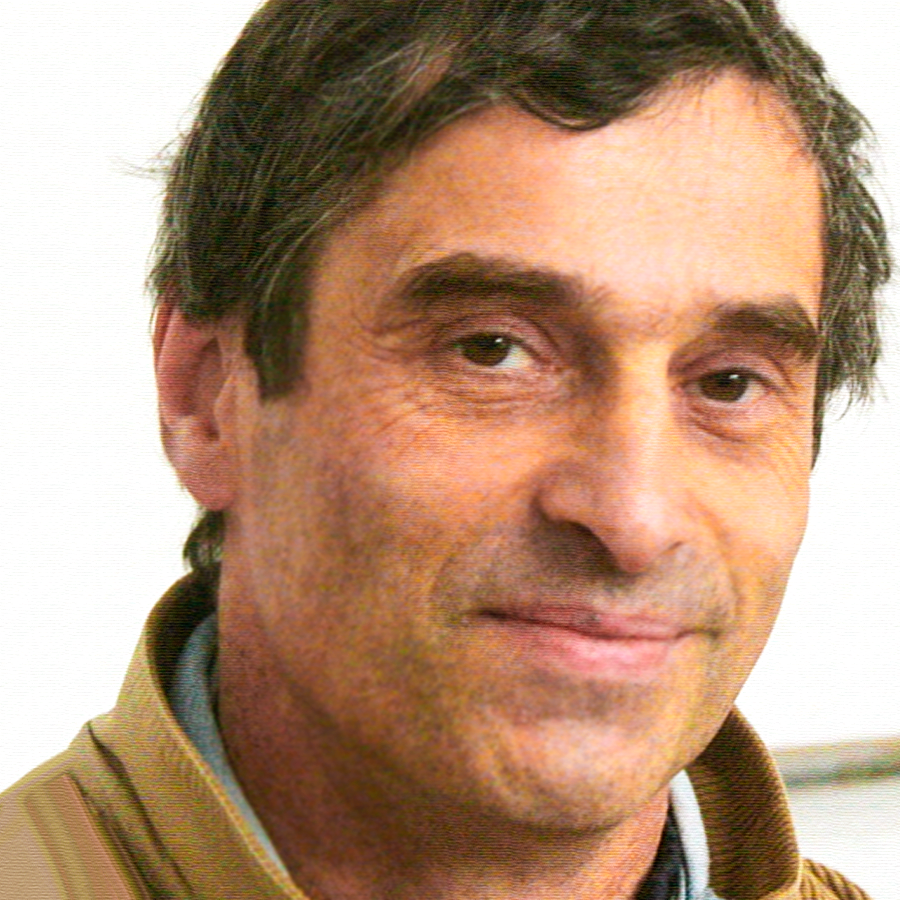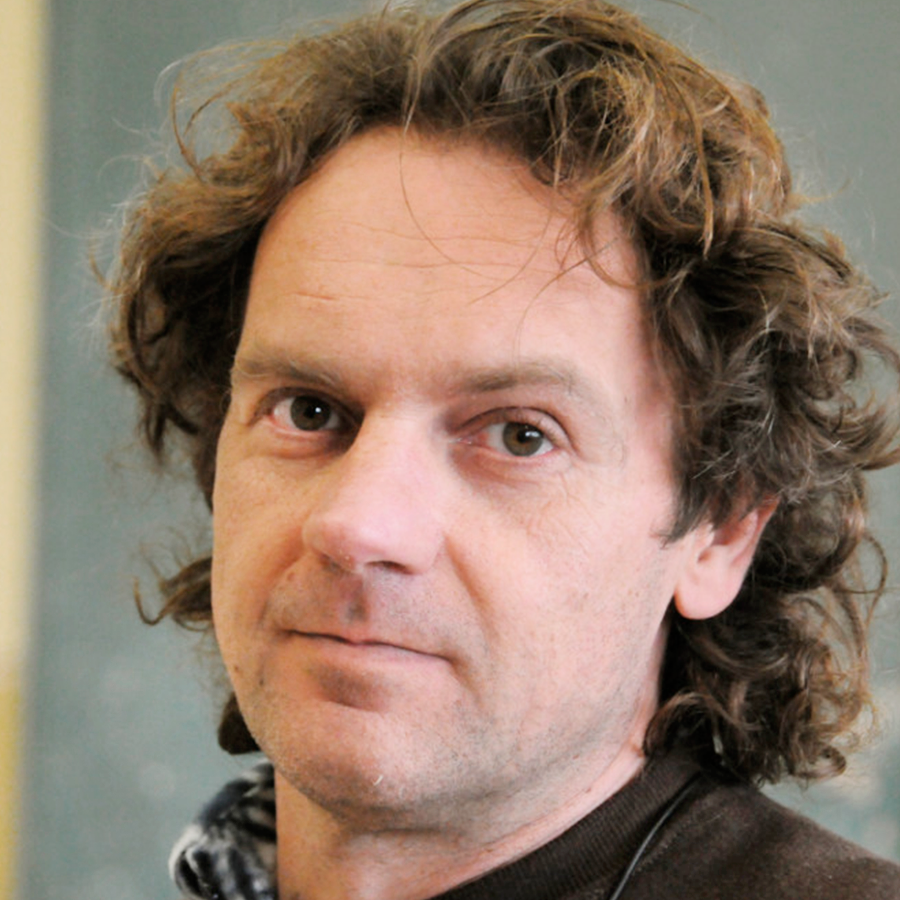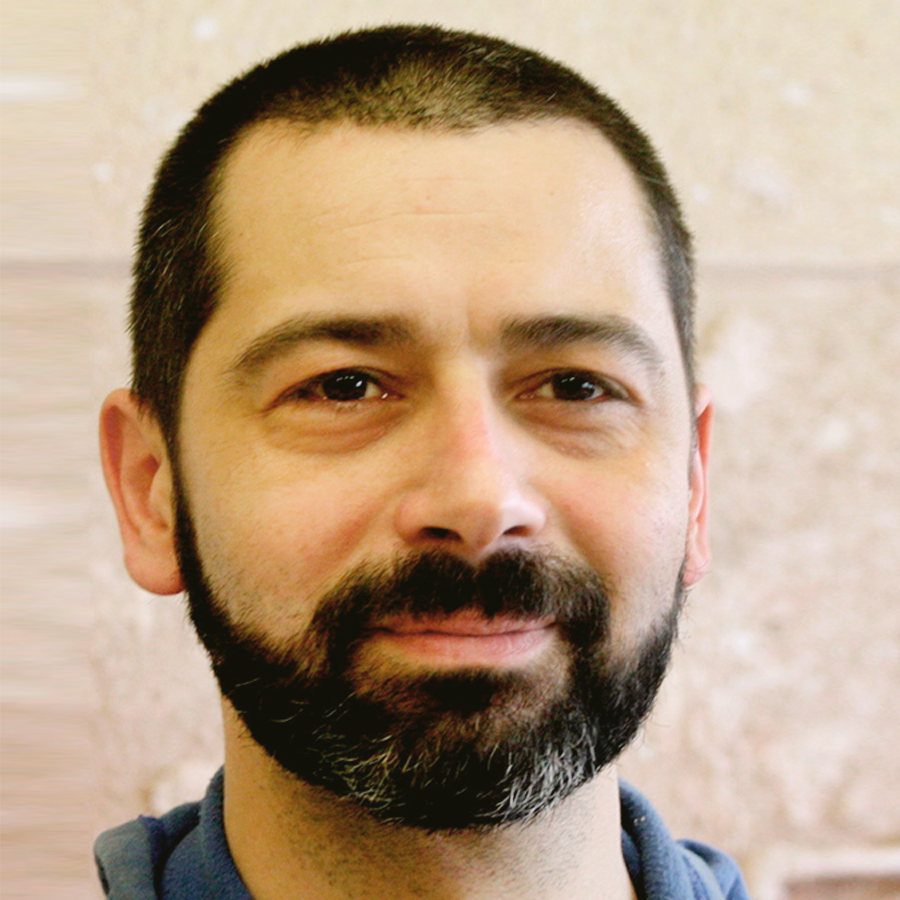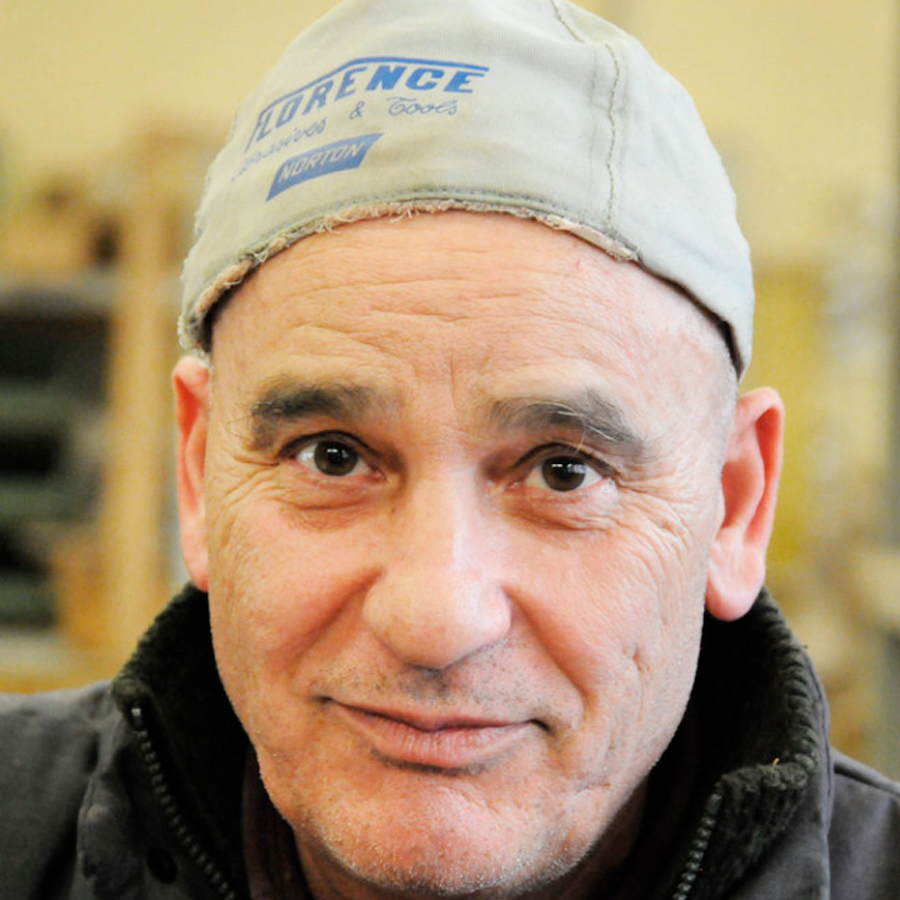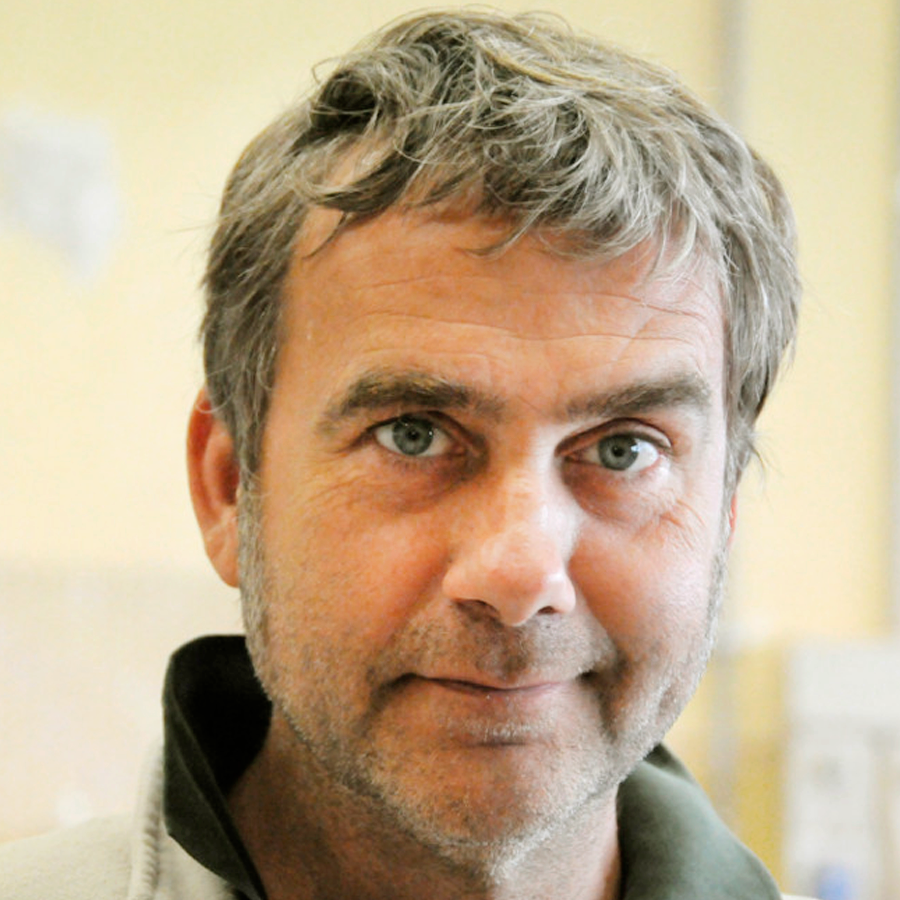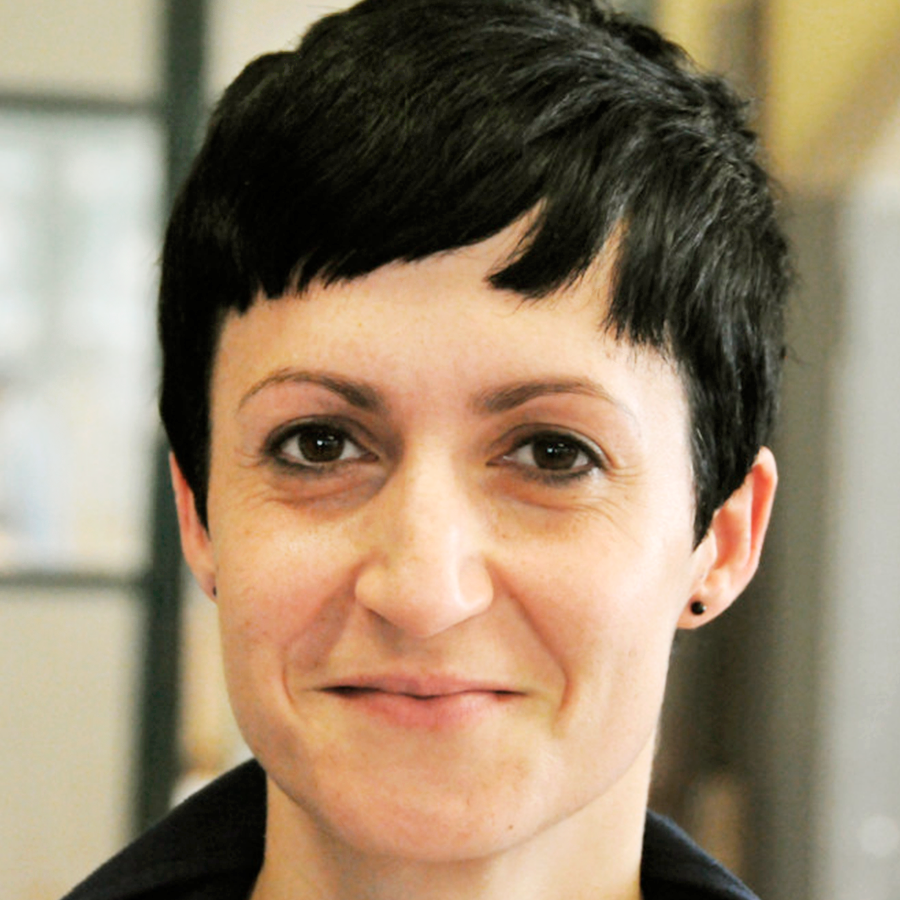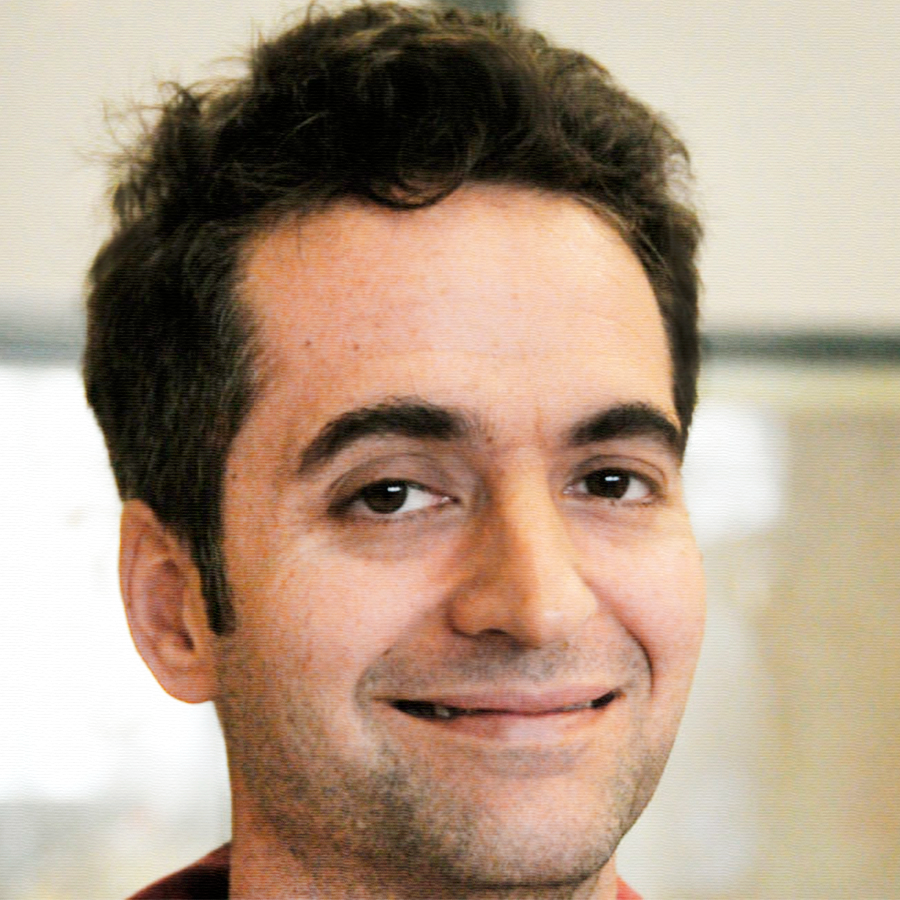The history of the Fonderia Artistica Ferdinando Marinelli and its founder, Fernando Marinelli Sr., began long ago. For the celebrated sculptor Giambologna, Ferdinando 1 de’ Medici had a foundry built adjacent to the house that Giambologna had bought one year prior at Borgo Pinti 26.
The foundry
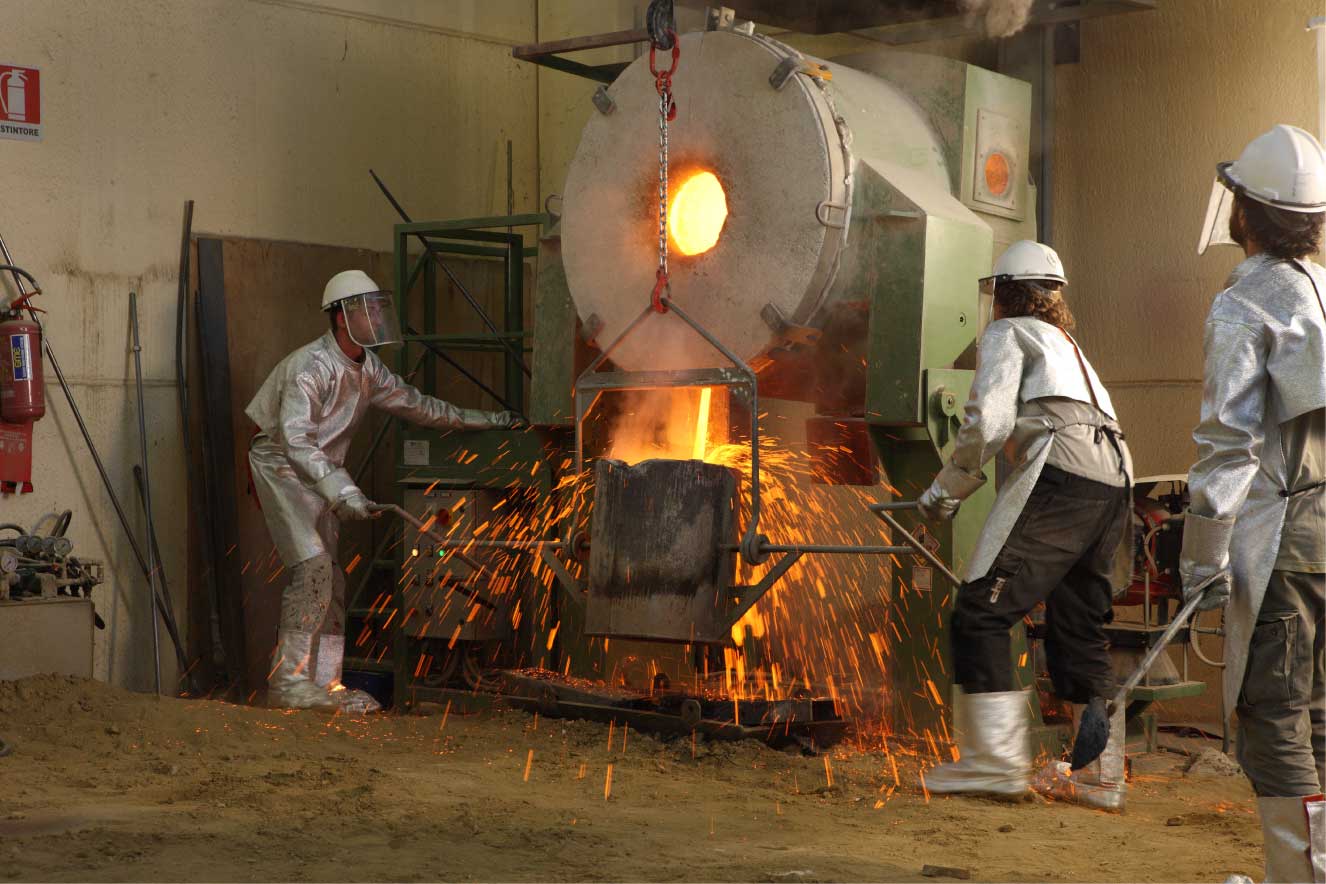
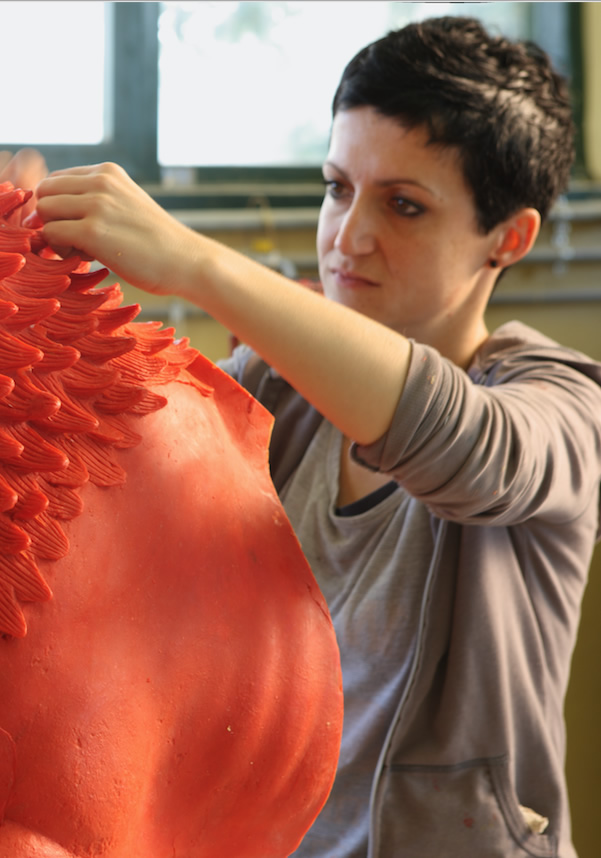
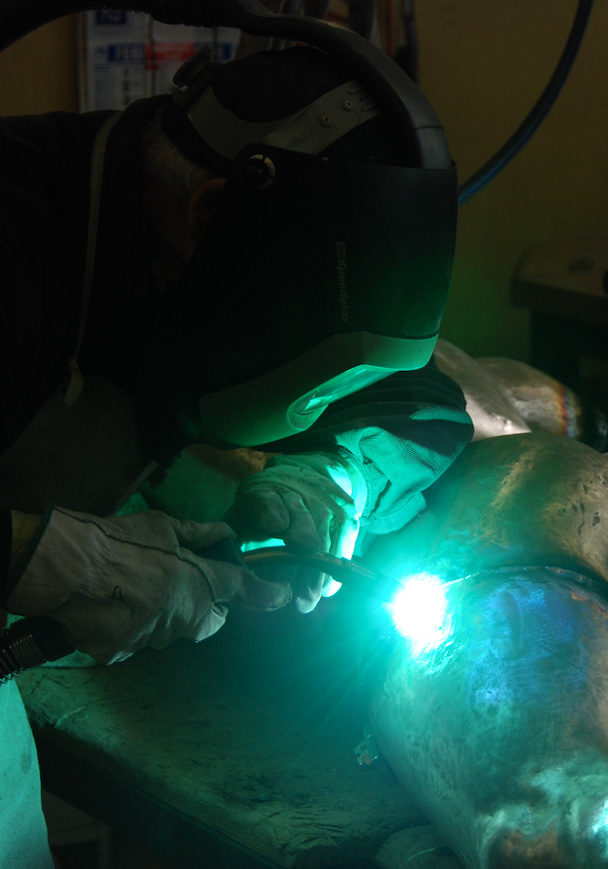
FOUNDRY SINCE 1500
On the facade of the 16th century palace one can today still see the coat-of-arms of the sculptor and above the main entrance a bust of Ferdinando 1. Giambologna died in 1608; eight years later in 1616, Cosimo 11 de’ Medici bought both the house and the foundry on Borgo Pinti from the sculptor’s heir, his nephew. Cosimo permitted Giambologna’s student and follower, Pietro Tacca to utilize it until Tacca’s death in 1640. Subsequently, Grand Duke Ferdinando 11 de’ Medici allowed Pietro Tacca’s son Ferdinando to make use of the space. After Ferdinando Tacca’s death in 1686, Grand Duke Cosimo 111 de’ Medici granted its occupancy to the the sculptor Foggini until his own death in 1725.
Discover more >FIRST MONUMENTS
With its knowledge inherited from over 400 years of history: the Foundry immediately became one of the most important in Florence, in Italy and in the world. In addition to replicas of classical statues, of which he acquires the moulds from which to make faithful copies, Marinelli welcomes the major Tuscan sculptors of the first half of the twentieth century to his Workshop of Art. Already in 1929 he created a first monumental sculptural group for Montevideo in Uruguay, the “Pioneers’ Chart”.
Discover more >THE BAZZANTI GALLERY
In 1960 the Ferdinando Marinelli Artistic Foundry took over the Bazzanti Gallery, another important reality in the Florentine artistic panorama. Born in 1822 as a studio of the sculptors Pietro and Niccolò Bazzanti, the Gallery has always been a point of reference for collectors and enthusiasts of marble sculptures. The Foundry thus acquired one of the most famous places for the purchase of works of art in Florence and alongside its own bronze production also works of art in marble and semi-precious stones.
Discover more >FERDINANDO MARINELLI JR
On the death of Marino Marinelli in 1977, his son Ferdinando Marinelli Junior took over the Rifredi foundry, Florence, on his own, carrying on the family tradition. Among the latest creations, in chronological order, we recall the casting for the furnishing of the restored rooms of Sant’Alessandro and Sant’Andrea of the Kremlin in Moscow, the fountain of the Broncos horses for the new Denver stadium in Colorado, the casting of the bronze handrail for the new staircase of the Vatican Museums inaugurated by Pope John Paul II in July 2000, the gigantic equestrian statue (13 meters) of the Macedonian Warrior executed for the City of Skopje.
Discover more >THE FOUNDRY MOVES
In the second half of 2000, construction began on the first warehouse for the new headquarters of the Marinelli Foundry, in Barberino val d’Elsa, Florence. The transfer took place in the autumn of 2001.
Discover more >GIPSOTECA
The plaster moulds gallery of original works from classical antiquity and the Renaissance owned by Ferdinando Marinelli Jr, is one of the strengths of the Ferdinando Marinelli Artistic Foundry. It is these in fact that allow the realization of the famous bronzes and marbles identical to the masterpieces from which they come.
Discover more >The foundry today
® 2025Fonderia Artistica Ferdinando Marinelli
